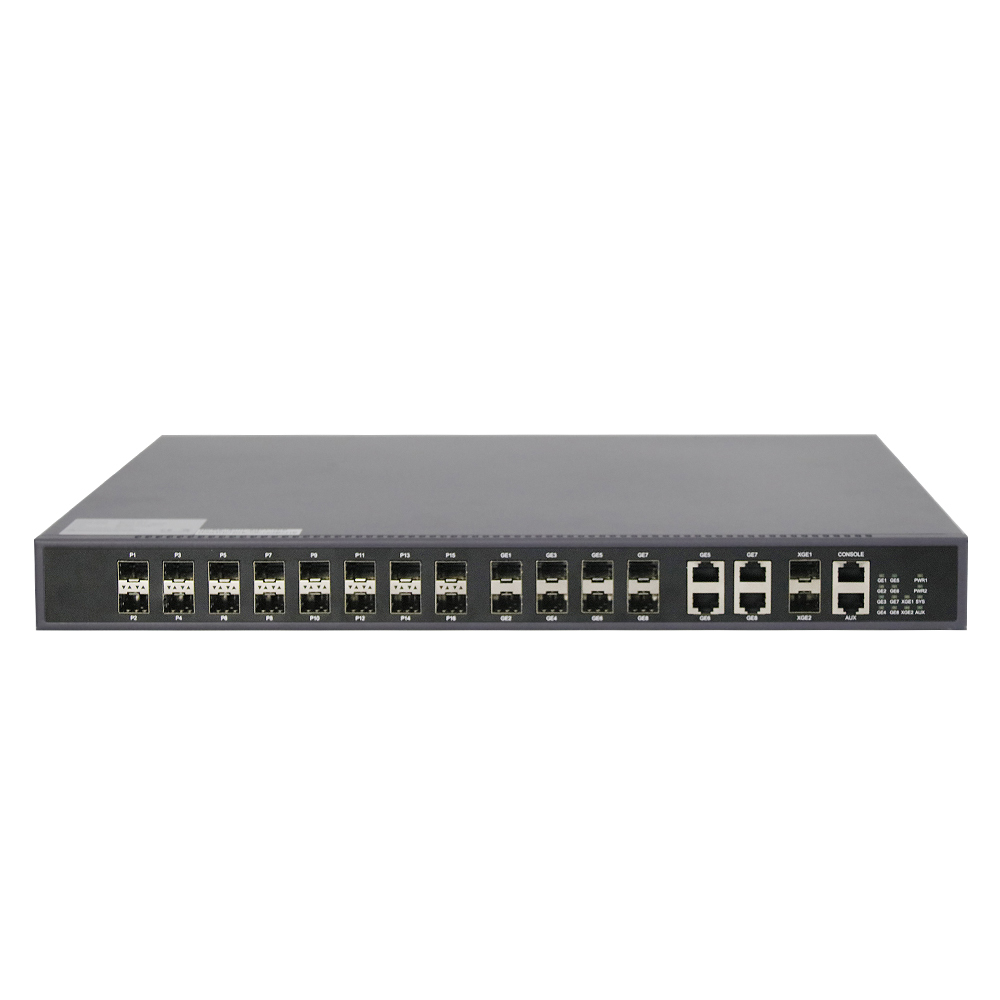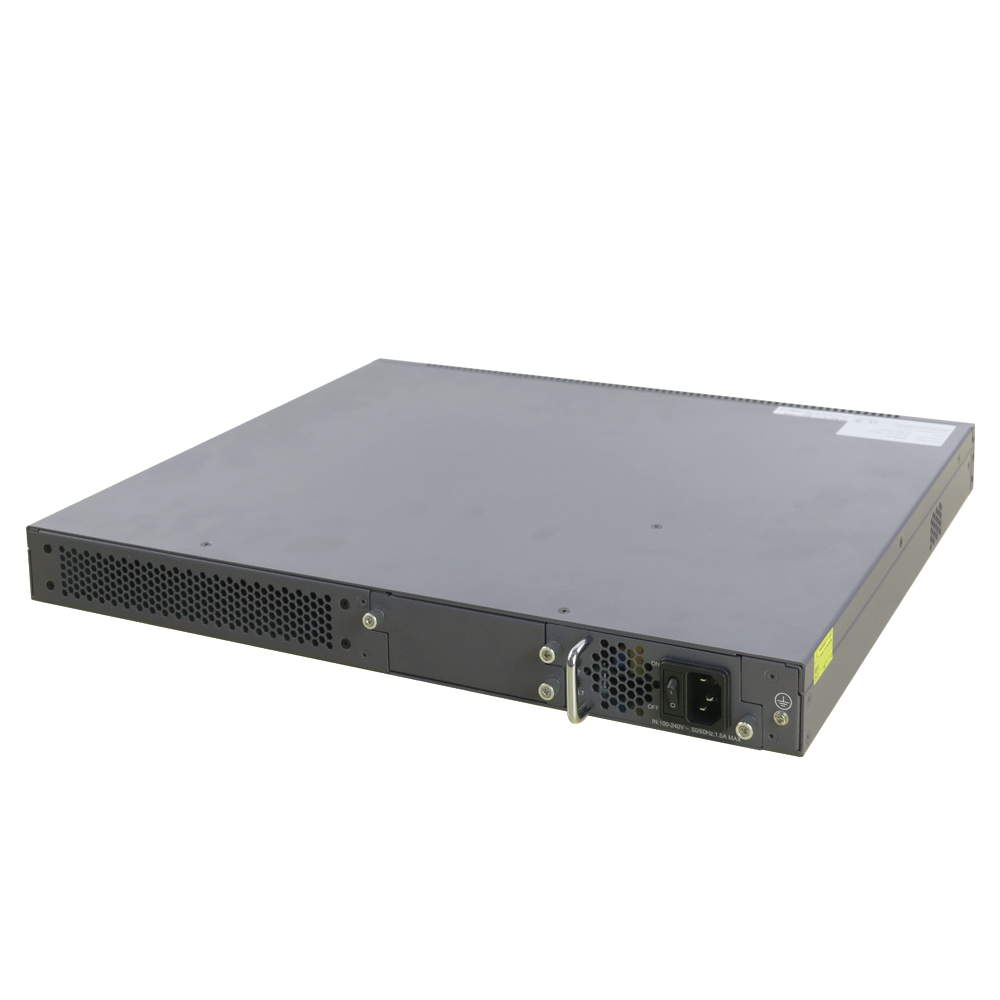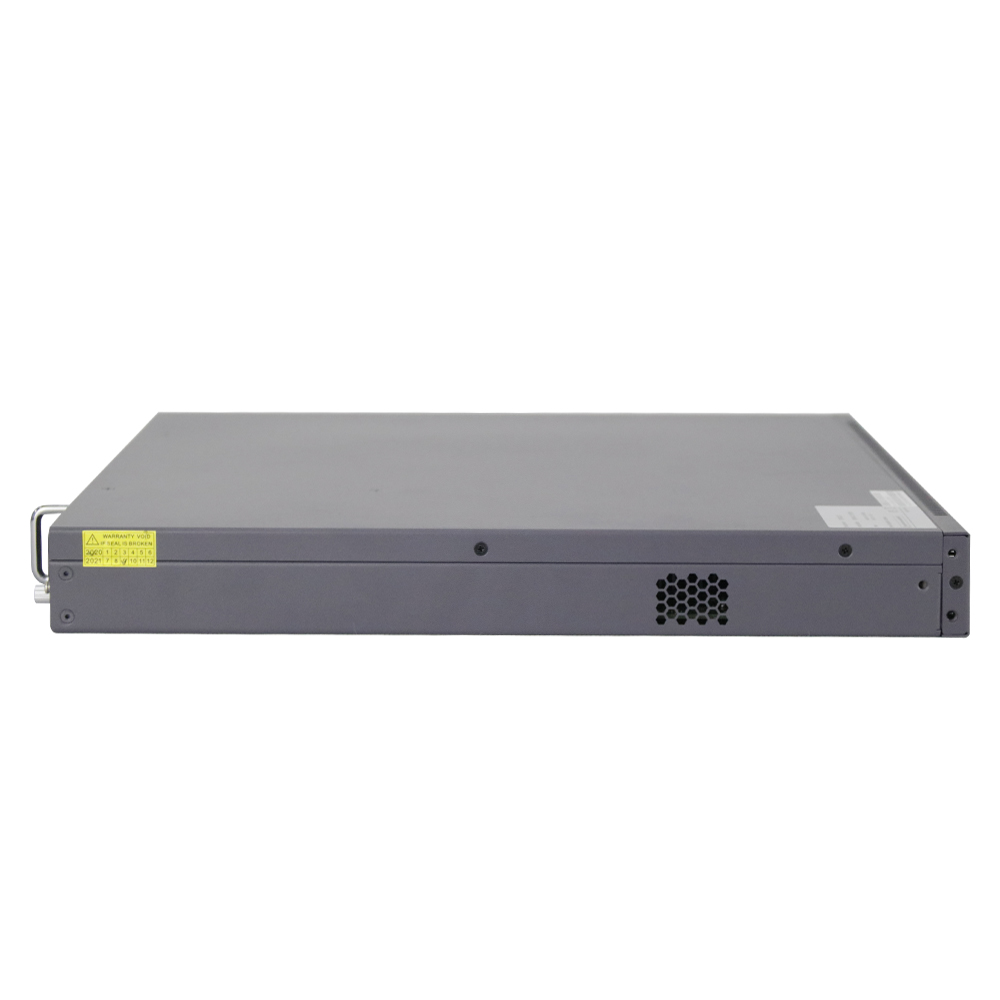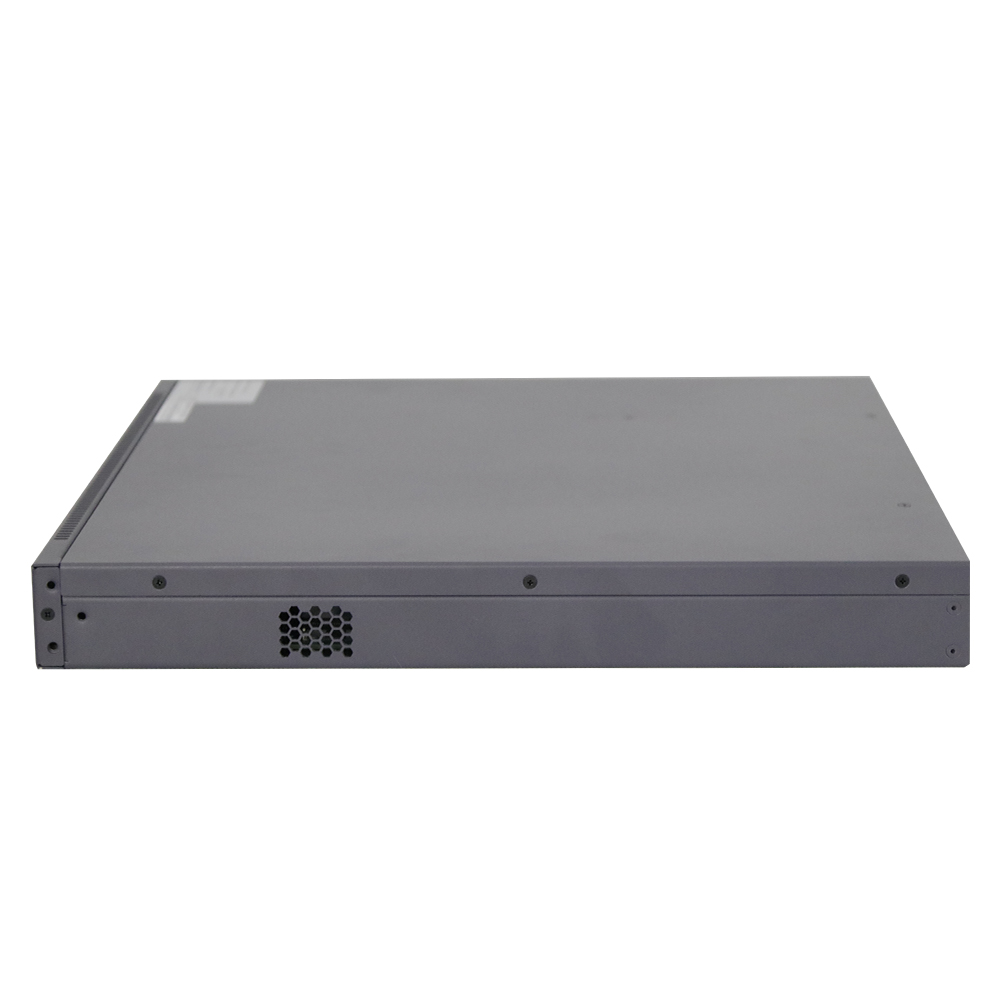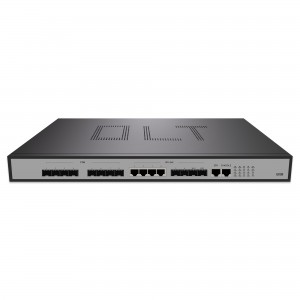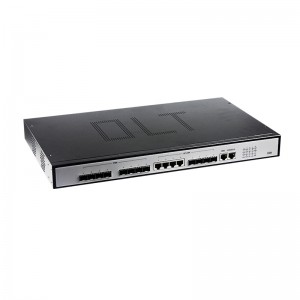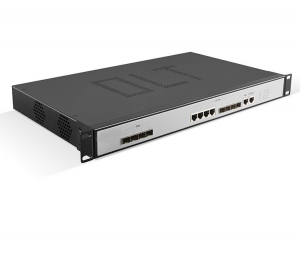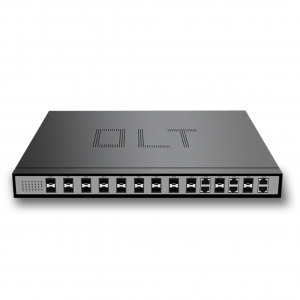HUANET EPON OLT 16 Ports
EPON OLT is a high integration and medium capacity cassette EPON OLT designed for operators’ access and enterprise campus network.
It follows the IEEE802.3 ah technical standards and meets the EPON OLT equipment requirements of YD/T 1945-2006 Technical requirements for access network——based on Ethernet Passive Optical Network (EPON) and China telecom EPON technical requirements 3.0.
The OLT provides 16 downlink 1000M EPON ports, 4*GE SFP, 4*GE COMBO port and 2 *10G SFP for uplink. The height is only 1U for easy installation and space saving. It adopts the advanced technology, offering efficient EPON solution. Moreover, it saves a lot cost for operators for it can support different ONU hybrid networking.

Features PON Features Maximum 20 Km PON transmission distance Each PON port supports teh max.1:64splitting ratio Uplink and downlink triple churning encrypted function with 128Bits Standard OAM and extended OAM ONU batch software upgrade,fixed time upgrade,real time upgrade PON transmit and inspect receiving optical power PON port optical power detection 16k MAC address QinQ and flexible QinQ (StackedVLAN) VLAN Swap and VLAN Remark PVLAN to realize port isolation and saving public-vlan resources GVRP Port mirroring IP Source Guard create IP+VLAN+MAC+Port binding Port Isolation MAC address binding to the port and MAC address filtering IEEE 802.1x and AAA/Radius authentication SSHv2 Secure Shell SNMP v3 encrypted management Security IP login through Telnet Hierarchical management and password protection of users Dynamic ARP table-based binding IP+VLAN+MAC+Port binding L2 to L7 ACL flow filtration mechanism on the 80 bytes of the head of user-defined packet Port-based broadcast/multicast suppression and auto-shutdown risk port URPF to prevent IP address counterfeit and attack DHCP Option82 and PPPoE+ upload user’s physical location Plaintext authentication of OSPF, RIPv2 and BGPv4 packets and MD5 cryptograph authentication DHCP Server Static Routing RIPv1/v2 OSPFv2 BGPv4 Equivalent Routing Routing Strategy DHCPv6 ACLv6 OSPFv3 RIPng BGP4+ Configured Tunnels ISATAP 6to4 Tunnels Dual stack of IPv6 and IPv4 Flow classification and flow definition based on source/destination MAC address, VLAN, 802.1p, ToS, DiffServ, source/destination IP(IPv4/IPv6) address, TCP/UDP port number, protocol type, etc packet filtration of L2~L7 deep to 80 bytes of IP packet head priority and Remark CAR(Committed Access Rate), Traffic Shaping and flow statistics Packet mirror and redirection of interface and self-defined flow Super queue scheduler based on port or self-defined flow. Each port/ flow supports 8 priority queues and scheduler of SP, WRR and SP+WRR. Congestion avoid mechanism, including Tail-Drop and WRED IGMP Filter MVR and cross VLAN multicast copy IGMP Fast leave IGMP Proxy PIM-SM/PIM-DM/PIM-SSM PIM-SMv6, PIM-DMv6, PIM-SSMv6 MLDv2/MLDv2 Snooping LACP (recover-time <10ms) BFD LLDP 802.3ah Ethernet OAM RFC 3164 BSD syslog Protocol Ping and Traceroute RMON (Remote Monitoring)1, 2, 3, 9 groups MIB NTP NGBNView network management
Item
EPON OLT 4/8/16PON
IEEE 802.3ah EPONChina Telecom/Unicom EPON
L2 Features
MAC
MAC Black HolePort MAC Limit
VLAN
4k VLAN entriesPort-based/MAC-based/protocol/IP subnet-based
Spanning Tree
STP/RSTP/MSTPRemote loop detecting
Port
Bi-directional bandwidth controlStatic link aggregation and LACP(Link Aggregation Control Protocol)
SecurityFeatures
User’s Security
Anti-ARP-spoofingAnti-ARP-flooding
Device Security
Anti-DOS attack(such as ARP, Synflood, Smurf, ICMP attack), ARPdetection, worm and Msblaster worm attack
Network Security
User-based MAC and ARP traffic examinationRestrict ARP traffic of each user and force-out user with abnormal ARP traffic
IP Routing
IPv4
ARP ProxyDHCP Relay
IPv6
ICMPv6ICMPv6 Redirection
Service Features
ACL
Standard and extended ACLTime Range ACL
QoS
Rate-limit to packet sending/receiving speed of port or self-defined flow and provide general flow monitor and two-speed tri-color monitor of self-defined flowPriority remark to port or self-defined flow and provide 802.1P, DSCP
Multicast
IGMPv1/v2/v3IGMPv1/v2/v3 Snooping
Reliability
Loop Protection
EAPS and GERP (recover-time <50ms)Loopback-detection
Link Protection
FlexLink (recover-time <50ms)RSTP/MSTP (recover-time <1s)
Device Protection
VRRP host backup1+1 power hot backup
Maintenance
Network Maintenance
Port real-time, utilization and transmit/receive statistic based on TelnetRFC3176 sFlow analysis
Device Management
CLI, Console port, TelnetSNMPv1/v2/v3
EPON:OLT follows the technical standard of IEEE802.3ah and China telecom. (YD/T 1475-2006) Capacity: Each PON supports up to 64 terminals, the whole device supports up to 256 ONUs under full configuration. Uplink: support electrical and optical modules, can be flexibly configured according to different networking. Dimension: 1U cassette save space, low power consumption and save cost. Optical Line Protection: support automatically switch when the line is debug. High reliability: supports dual power supply(Default single power supply).Advantage

